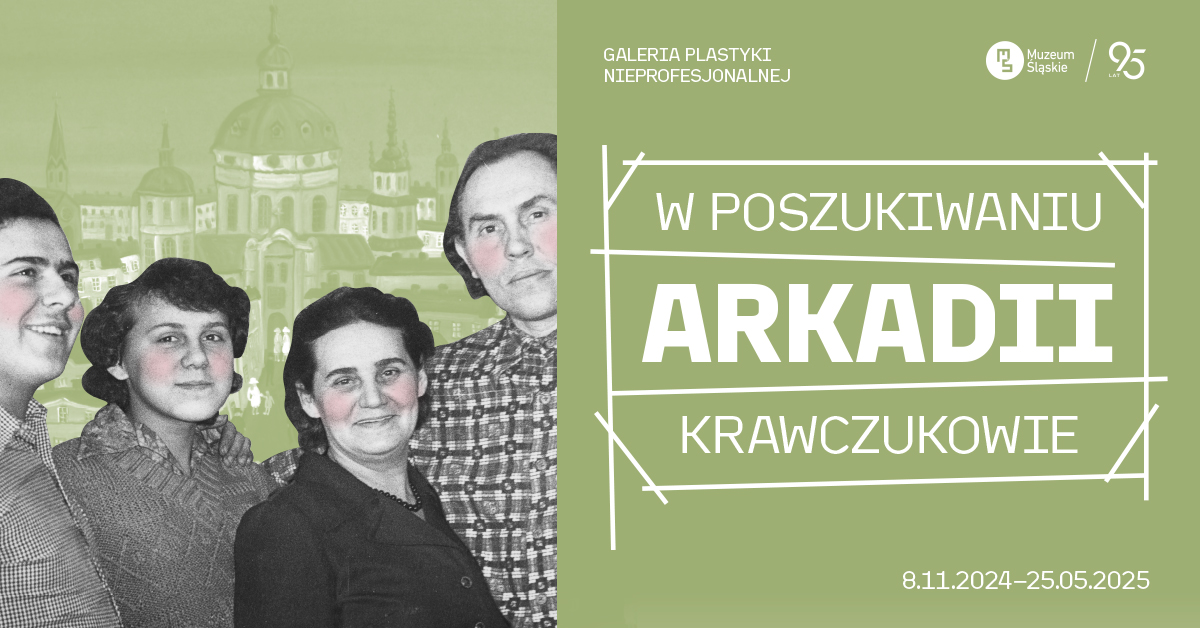From June 12th to September 5th the Silesian Museum in Katowice will display a board exhibition prepared at the Archaeological Museum in Poznań on the occasion of the 20th anniversary of the research carried out by Poles at the Tell el-Farcha site in Egypt. Beautiful pictures show not only the most important discoveries and the environment in which archaeologists work and live but also the inhabitants of the village of Gazala.
The site was discovered in 1987 by Italian archaeologists and since 1998 it has been the subject of research of the Polish expedition organized by the Institute of Archaeology of the Jagiellonian University and by the Archaeological Museum in Poznań in cooperation with the Center for Mediterranean Archaeology of the University of Warsaw. The work has been led from the beginning by Prof. Krzysztof M. Ciałowicz from Krakow and by Dr. Marek Chłodnicki from Poznań. The research in Tell el-Farcha is multidisciplinary. The expedition comprises not only archaeologists but also paleobotanists, geophysicists, geologists, archaeologists and anthropologists. Also students take their internships here. Over the course of twenty years of research, many important discoveries have been made that have changed our knowledge of the oldest history of the Egyptian civilization. The site is located in the north-eastern Nile delta, about 120 km from Cairo, on the outskirts of the village of Gazala. The settlement and the cemetery are the subjects of the research. The oldest traces of settlement on the hill in Tell el-Farcha date back to the beginning of the 4th millennium BC. The settlement was inhabited for almost 1,000 years, and the discoveries made by the Polish archaeologists are a testimony to life in the times of important cultural, economic and political changes from the predynastic period until the beginning of the Old State period (approx. 3700-2600 BC). Tell el-Farcha was an important economic and political center during the formation of the united Egyptian state. Its inhabitants actively participated in trade with the east and south. It was here where representatives of the royal administration of the first pharaohs were established. Next to the settlement there is the cemetery where also members of upper classes were buried, equipped with many burial gifts, sometimes of a luxurious nature. Their presence in Tell el-Farcha confirms the high rank of this place.
An important element of the exhibition are also monuments from the collections of the Archaeological Museum in Poznań obtained from the predynastic cemetery in Minshat Abu Omar, located in the same part of the Nile delta. It was here, 20 years before the research in Tell el-Farcha, where excavations began, which were also attended by archaeologists from Poznań. They started a long tradition of research into the predynastic period in the Archaeological Museum in Poznań.
Curators of the exhibition: Dr. Marek Chłodnicki, Dr. Agnieszka Mączyńska, Archaeological Museum in Poznań
Curator of the exhibition at the Silesian Museum in Katowice: Dr. Renata Abłamowicz
June 12 – September 5, 2021
The Silesian Museum in Katowice
1 T. Dobrowolskiego St. // the building of the former woodworking shop
Pozostałe Archiwum wystaw

Toshihiro Hamano. Beauty of Japan – Tradition and Modernity
6.12.2024-9.03.2025
przestrzeń wystaw czasowych na poziomie -4

W poszukiwaniu Arkadii. Krawczukowie
8.11.2024-25.05.2025
przestrzeń wystaw czasowych na poziomie -2

